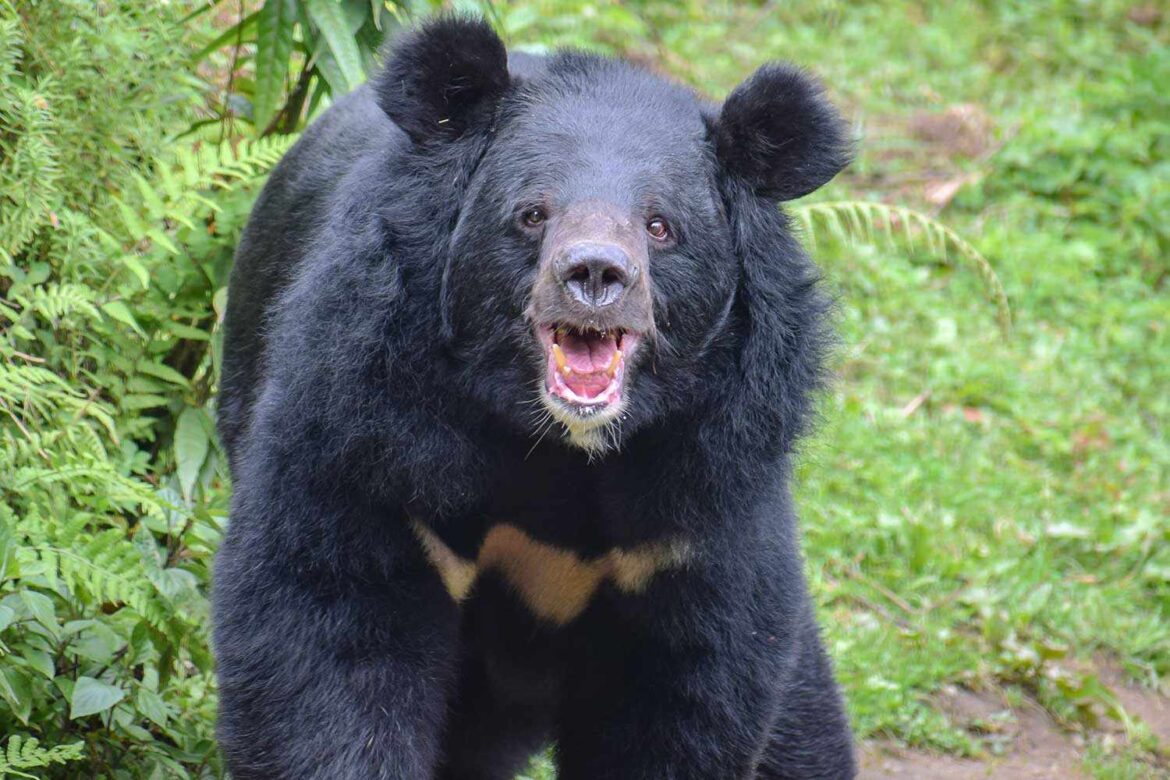NEED TO KNOW
On Nov. 12, the U.S. Embassy & Consulates in Japan released a wildlife alert regarding bears in the Asian country Japan has seen a record number of fatal bear attacks, up from six attacks to 13 Experts believe the increase in attacks is connected to a rise in bear populations and a bad acorn harvest
U.S. officials are warning visitors to Japan to be extra vigilant for aggressive bears, especially in the northern part of the Asian country.
On Nov. 12, the U.S. Embassy & Consulates in Japan released a “wildlife alert” regarding Asiatic black bears, the bear species with the largest population in Japan. The alert was directed to those visiting Sapporo City, Hokkaido Prefecture, and Akita Prefecture, as well as the general area of northern Japan.
“Bear sightings and attacks have increased in parts of Japan, especially in municipalities close to or adjacent to populated zones. In Sapporo, authorities closed Maruyama Park in Sapporo, which is adjacent to the U.S. Consulate General, for two weeks following a bear sighting in the park,” reads the alert.
The message continues with a note for those working at and visiting the consulate, urging them to be diligent about checking their surroundings for bears.
“Bears have also been spotted in other residential areas in Hokkaido and Akita prefectures. Authorities will generally close areas like parks if a bear has been sighted in the area,” the alert adds.
The alert encourages anyone who spots a bear near a residential or business area of Japan to leave the wild animal alone and report the sighting to the local authorities.
Asiatic black bear.
Getty Stock Images
This warning from the U.S. Embassy & Consulates in Japan comes on the heels of a string of deadly bear attacks in Japan. In October alone, seven people died in bear maulings near populated areas, with 13 fatal attacks in total over the past year, according to NBC News. The outlet added that Japan has recorded 200 injuries connected to bear attacks since April.
News service AFP reported that a surge in the Asiatic black bear population and a bad acorn harvest in 2025 have led to an increase in confrontations between humans and hungry bears preparing for hibernation. The Washington Post also cited a declining human population in Japan’s more rural areas as another factor contributing to the bear attack issue, noting that less human activity gives wild bears more room to expand their range.
The country has far surpassed its previous bear attack death record, which once stood at six deaths, according to Japanese government data obtained by The Post. The outlet added that Japanese authorities deployed troops to Akita prefecture, one of the areas hardest hit by increased bear encounters, to assist hunters with controlling the bear population.
Never miss a story — sign up for PEOPLE’s free daily newsletter to stay up-to-date on the best of what PEOPLE has to offer, from celebrity news to compelling human interest stories.
Bear warning sign in Japan.
Getty Stock Images
Japan is home to two types of bears. The Asiatic black bear — the more common species in Japan with about 42,00 bears — often has a crescent-moon, cream-colored splotch on its black upper chest, and a voluminous mane surrounding its face. The species grows to about 4 to 5 feet tall and can weigh up to 440 pounds, according to the International Association for Bear Research and Management.
The Hokkaido brown bear is Japan’s largest bear species, but there are fewer in number, with just 12,000 animals in the country.


AloJapan.com